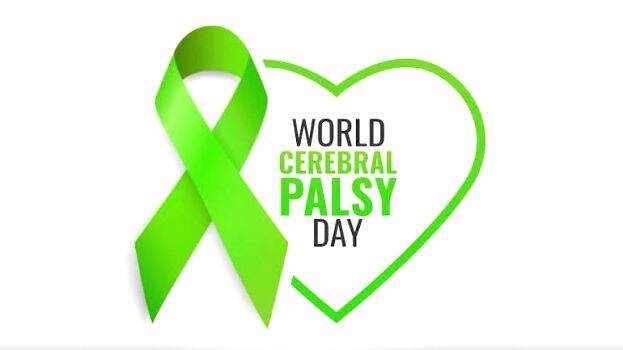

"Why do you wear that? Did you fracture your leg?"
This is a question one of my young patients hears almost daily at school. He has right-sided hemiplegic cerebral palsy and wears an ankle-foot orthosis (AFO) to support his gait. But the AFO, meant to help him move with ease, often becomes a symbol of difference, misunderstood, questioned, and sometimes mocked. “I’m tired of explaining that it’s not a fracture,” he says. “It’s tightness in my leg. It’s just how I walk.”
Children like him, minimally involved, high-functioning individuals with CP, often fall through the cracks of our educational and social systems. They are too able for special schools, yet too different to fully blend into mainstream classrooms. This in-between space can be isolating. Their physical challenges may be subtle, but the emotional toll is profound.
Cerebral Palsy (CP) is not a single condition, it’s a spectrum. Each child with CP is unique in their symptoms, strengths, and challenges, yet they are united by the need for understanding, inclusion, and tailored support.
The Odd One Out in the Playground
Though they may appear “normal” to family, friends, and teachers, these children often struggle during play both indoors and outdoors. Neuromuscular limitations and subtle learning difficulties rooted in early brain injury affect coordination, stamina, and comprehension. They may lag behind in sports, misinterpret social cues, or tire easily, leading to exclusion from peer groups and games.
Invisible Disabilities, Visible Impact
Because their disability isn’t always obvious, their struggles are often dismissed or misunderstood. This invisibility can be cruel. Questions like “Why can’t you run faster?” or “Why do you walk funny?” chip away at their self-esteem. The pressure to constantly explain themselves—to justify their differences—can lead to anxiety, withdrawal, and a sense of not belonging.
What Makes Each Child Unique?
CP arises from damage to the developing brain, but the location, timing, and extent of this damage vary widely. This leads to differences in:
Types of CP and Their Impact
Individualized Interventions: One Size Doesn’t Fit All
Management must be child-centered, not diagnosis-centered. Here's how it adapts:
United in Spirit, Unique in Journey
This World CP Day, we celebrate the theme “Unique and United”—a reminder that every child with cerebral palsy brings their own story, strength, and spirit. Their uniqueness is not a flaw to be fixed, but a truth to be honored. And their unity lies in the shared resilience, courage, and creativity they bring to the world.
Let’s teach our children to ask kindly, to include generously, and to understand deeply. Let’s create school environments where orthoses aren’t questioned, but accepted. Where difference isn’t mocked, but embraced.
Because every child deserves to feel seen—not just for their struggles, but for their strength.
Prepared by: Mrs. Mayuri Ashish Chaudhari, Senior Physiotherapist at Prayatna Child Development Centre.